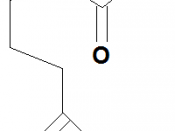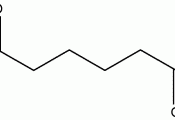The Purity and Purification of Solids- Part 2- Recrystallization
Courtney Percival
CH 337 Laboratory, Section 037
Department of Chemistry
Portland State University, Portland OR
Abstract
Introduction
Recrystallization is a commonly used tool in laboratories when dealing with impure solids. "An effective recrystallization is one in which 1) a high degree of purity is achieved as well as 2) a maximum recovery of sample".1 Solubility, the tendency of a substance to dissolve in a liquid, is an important physical property of a substance. An effective recrystallization is highly dependent on differences in solubility at different temperatures. "Most, but not all, substance are more soluble at higher temperatures". 1
Crystallization is a delicate procedure that involves the slow formation of a crystalline solid. Rapid formation of an amorphorous solid is called precipitation, which can contain many impurities. "The purest crystals are obtained when crystallization occurs slowly from an undisturbed solution".2 In general, crystallization is the easiest process to purify a solid substance to an acceptable quality for basic laboratory work.
Experimental Section
The experimental procedures can all be found in the PSU Organic Chemistry Fall 2008 laboratory manual. 1
The 'General Procedure for Recrystallization' as outlined in Appendix B was used to recrystallize two samples. First, each empty collection jar was weighed and recorded. In the first recrystallization, 1.0 gram of adipic acid without the use of decoloring charcoal was recrystallized. After securing the yielded sample in one of the weighed jars, the next recrystallization was performed. As previously done, 1.0 gram of adipic acid was recrystallized. However, .10 gram of the pelltized decoloring charcoal was added to the sample. The yielded adipic acid was also collected in one of the weighed jars
Both samples were left without caps on the jars and allowed to dry for one week. The samples were...


